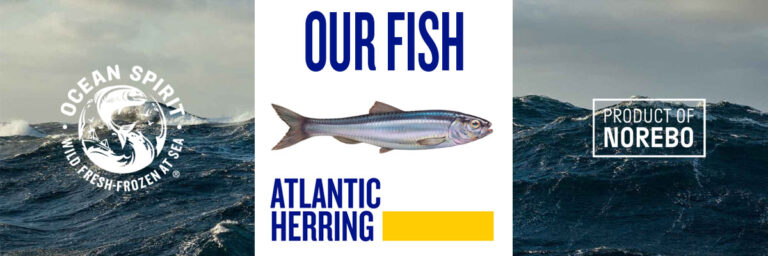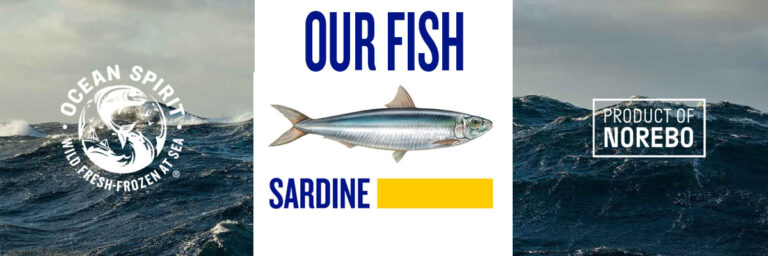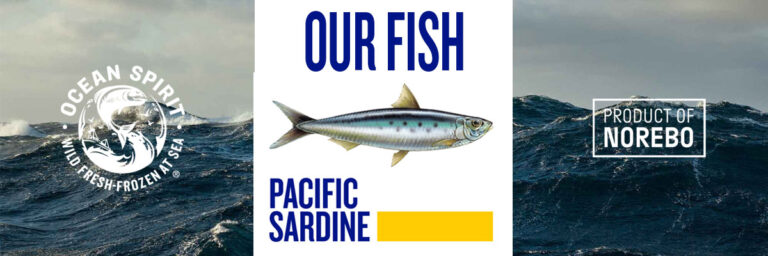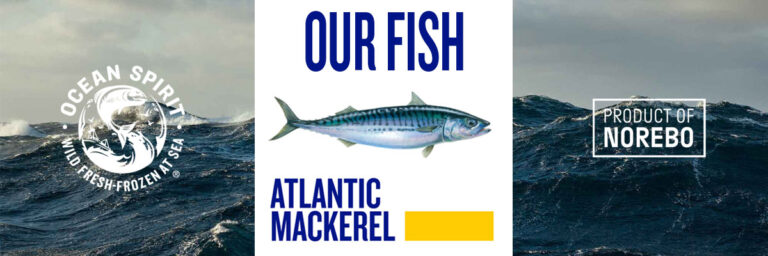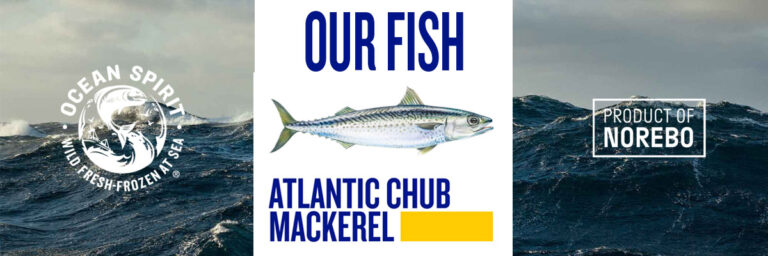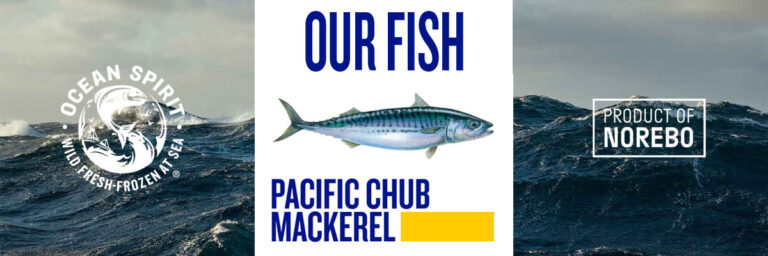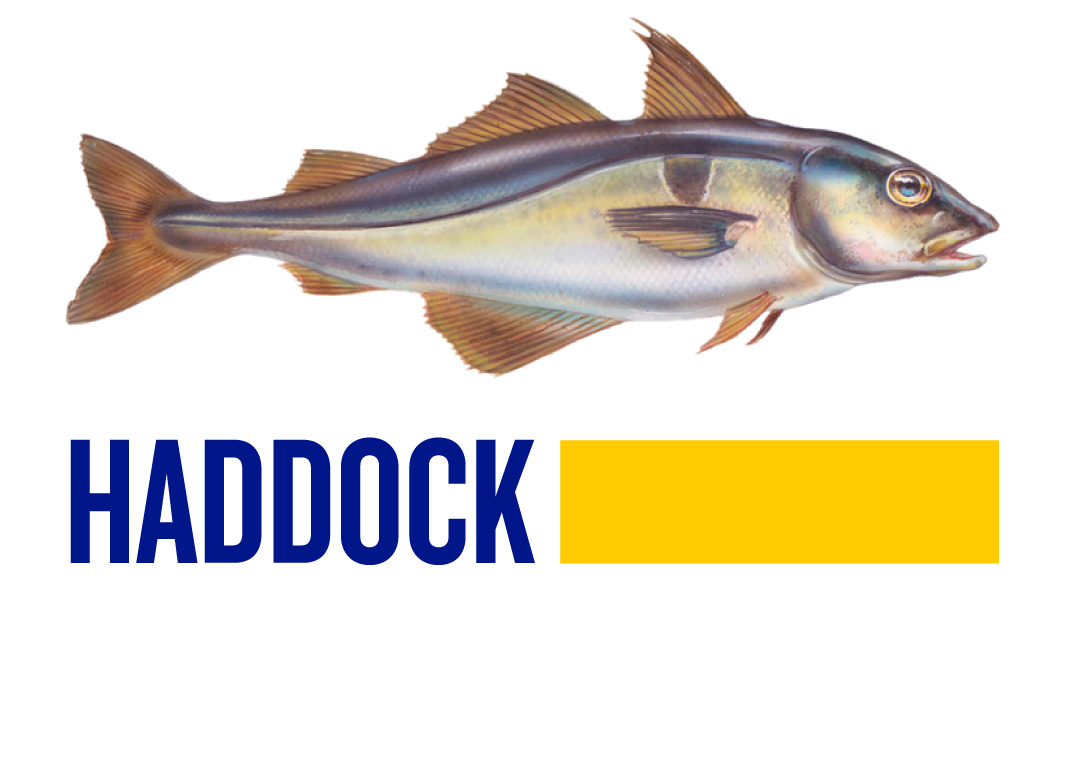
Marked out by a unique dark patch called ‘The Devil’s Thumbprint’, haddock can be found at depths of up to 300 metres.
Haddock mainly spawn between March and June, predominantly in the waters around central Norway, South West Iceland, and Georges Bank.

Haddock
Headed and gutted (H&G)
| 20-25 kg |
| 0.5-1 | 1-2 | 2-3 | 3-4 |
Haddock
Industrial Block, Full-Fillet, Full-Fillet Stripes or Minced
| 3 x 16.5 lbs | 3 x 7.484 kg |

